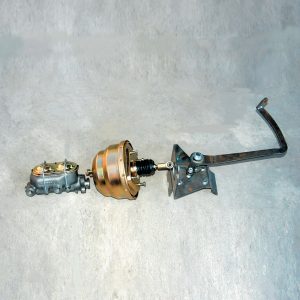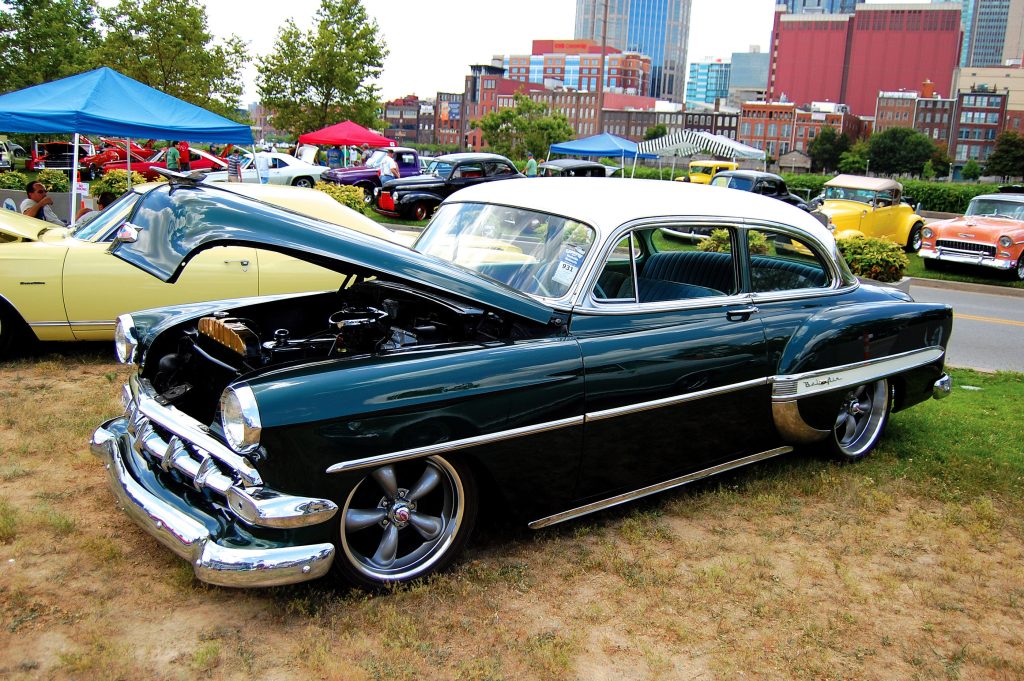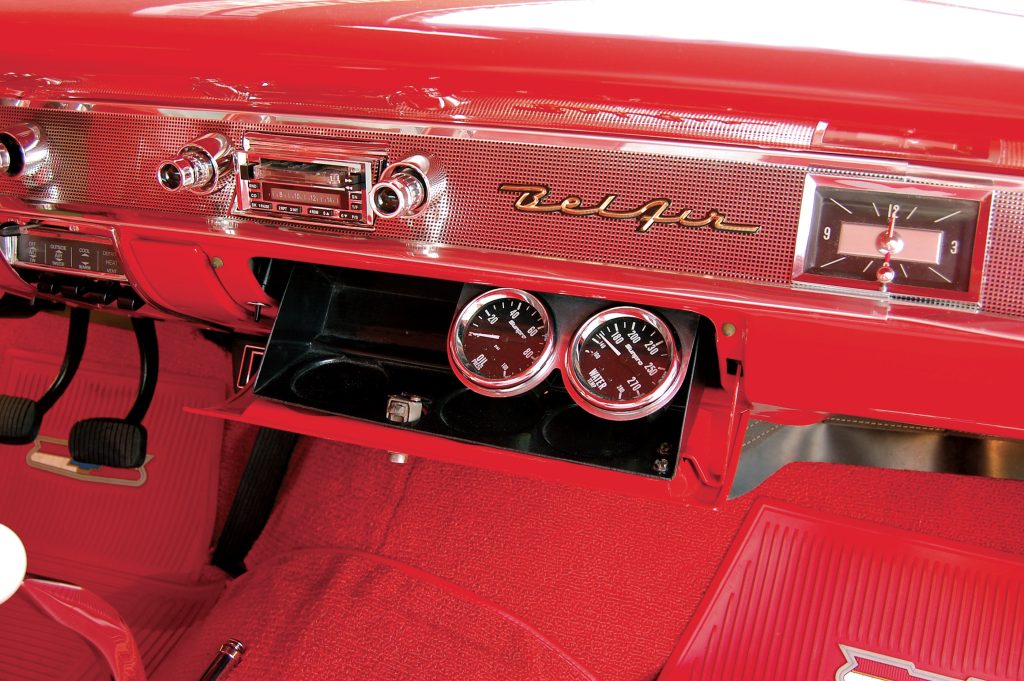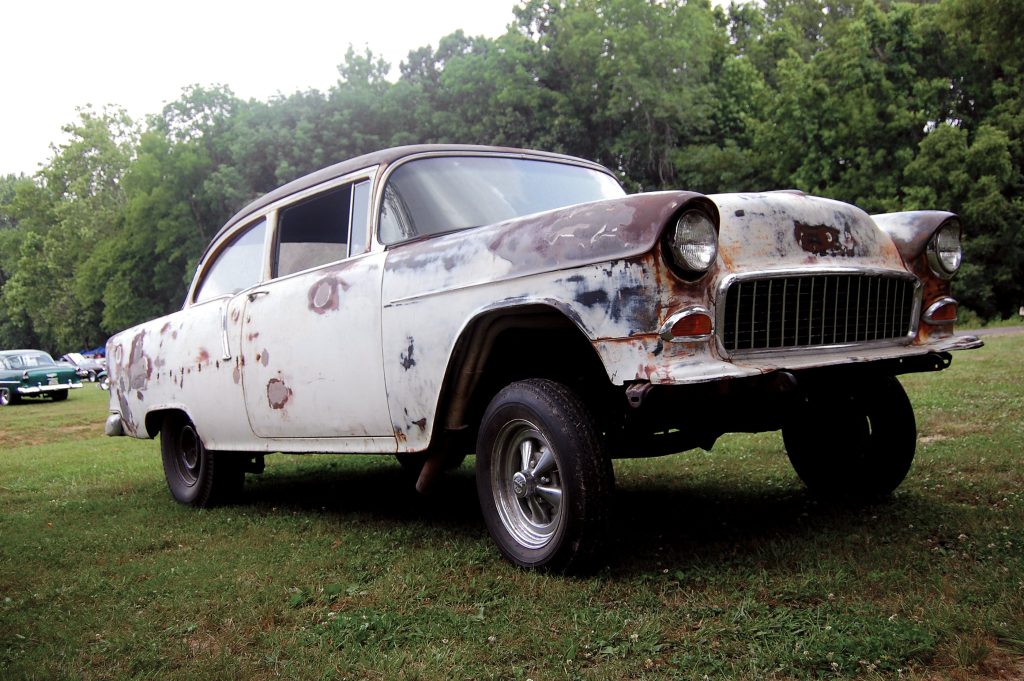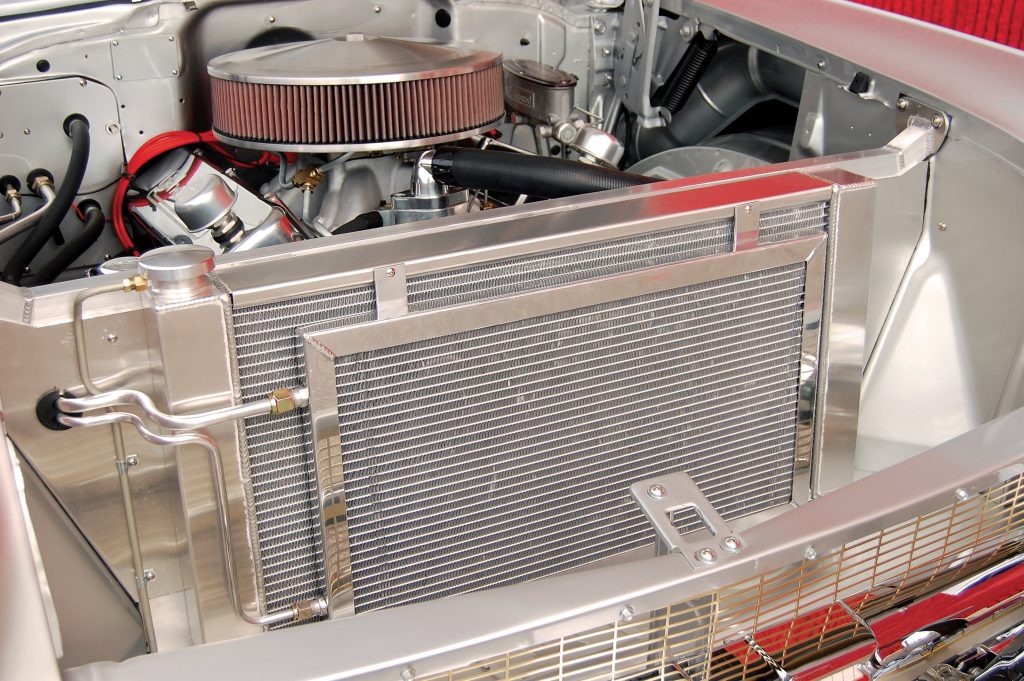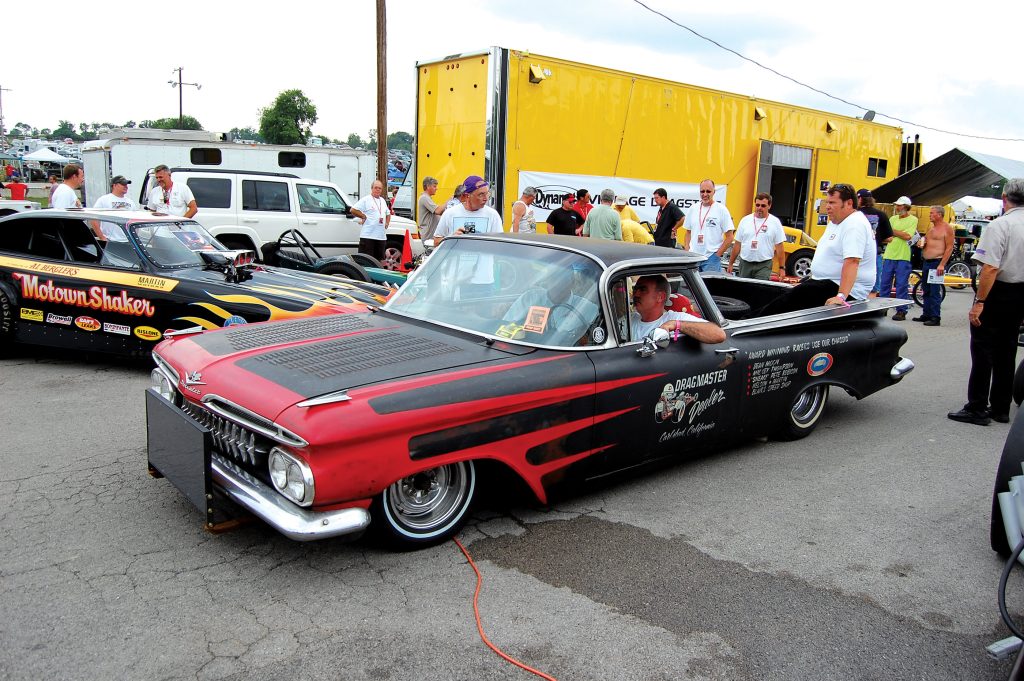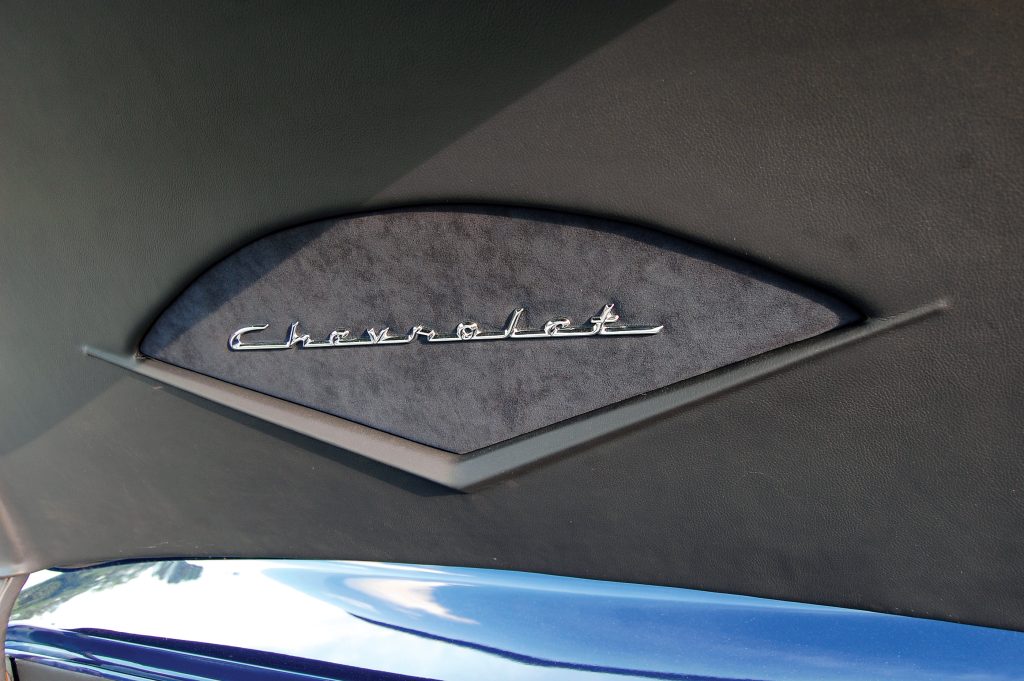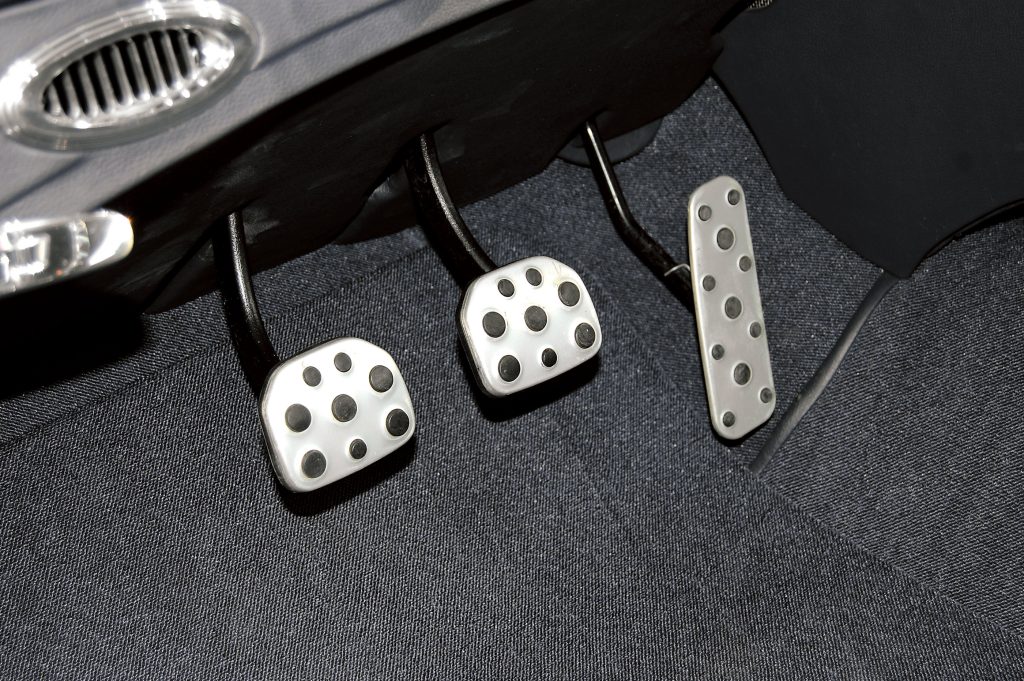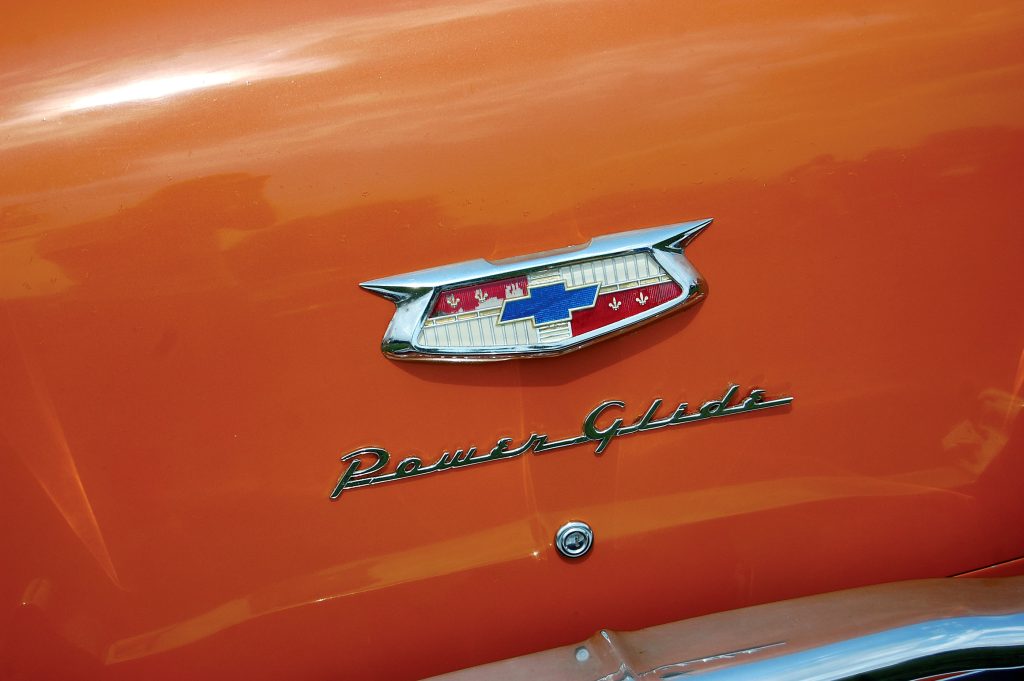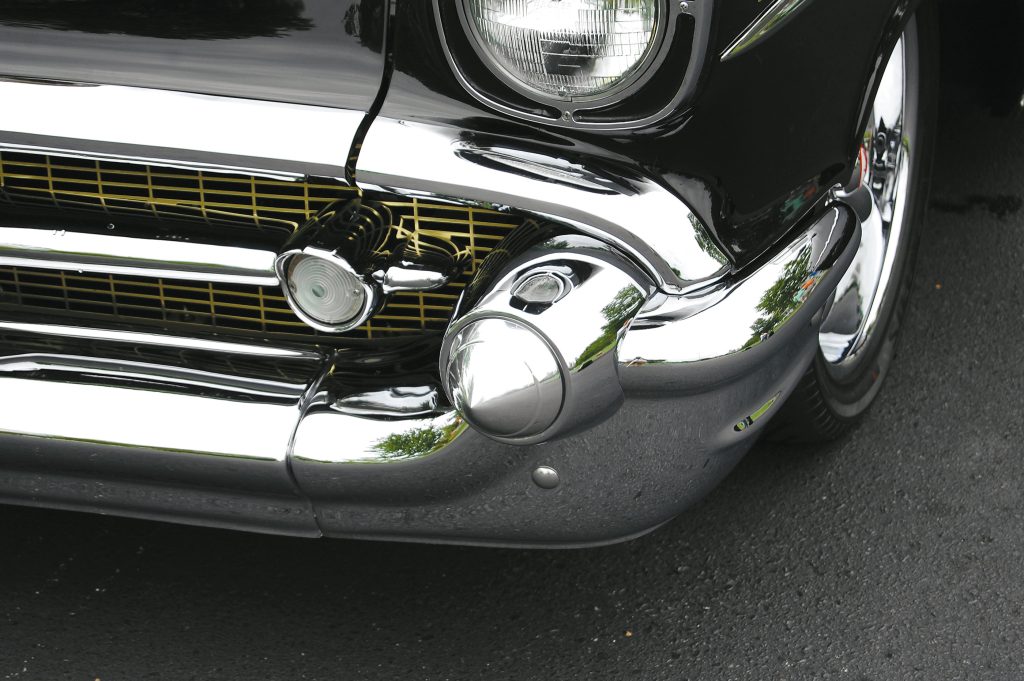
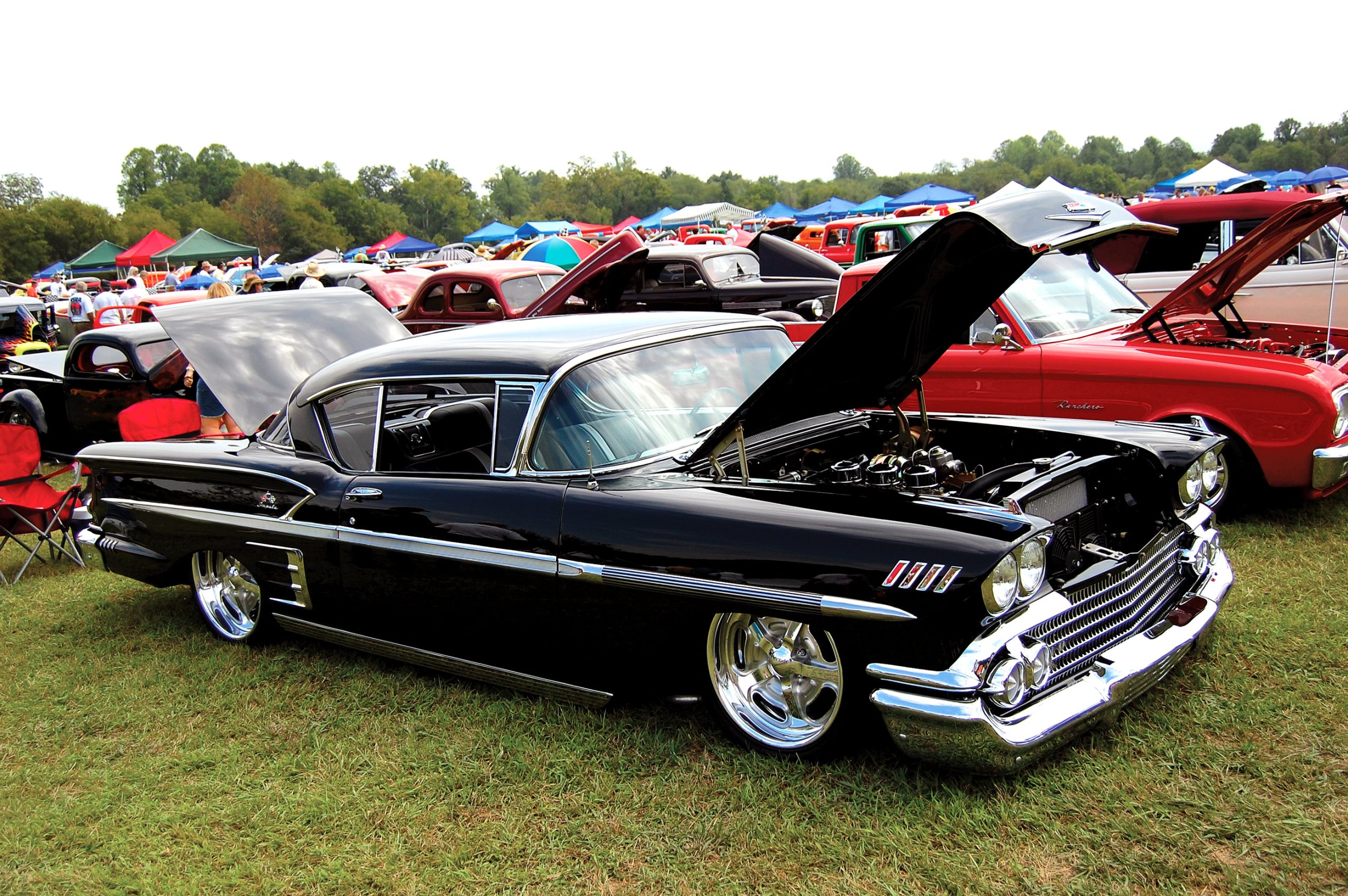

THE AUTO BUILDER
Featured
- All Post
- 20 High Priority - SR Super Rod
- Builds
- 25 High Priority - FB Ford Builder
- Cars
- 30 High Priority - AR American Rodder
- 01 Post Status
- 35 High Priority - RD Rodders Digest
- 40 High Priority - OTR On the Road
- 45 High Priority - SRB Street Rod Builder
- 50 High Priority - TB Truck Builder
- 55 High Priority - BSCENE Buckaroo Scene
- 60 High Priority - FPB Family Power Boat
- Trucks
- Swaps
- Performance Boats
- _000 Home Sliders
- Builders
- 00 Sidebars
- Manufacturers
- 05 High Priority - HCI Hot Compact Imports
- 05 Publications
- 10 High Priority - CR Chevy Rumble
- Back
- Chassis
- Engine
- Fuel System
- Electrical
- Exhaust
- Transmission / Drivetrain
- Suspension
- Steering
- Brakes
- Wheels and Tires
- Interior
- Exterior
- Accessories
- Power Adders
- Back
- Chassis
- Engine
- Fuel System
- Electrical
- Exhaust
- Transmission / Drivetrain
- Suspension
- Steering
- Brakes
- Wheels and Tires
- Interior
- Exterior
- Accessories
- Power Adders
- Back
- Chassis
- Engine
- Electrical
- Exhaust
- Fuel System
- Transmission / Drivetrain
- Suspension
- Steering
- Brakes
- Wheels and Tires
- Interior
- Exterior
- Accessories
- Power Adders
- Back
- Chassis
- Engine
- Electrical
- Exhaust
- Fuel System
- Transmission / Drivetrain
- Suspension
- Steering
- Brakes
- Wheels and Tires
- Interior
- Exterior
- Accessories
- Power Adders
- Back
- Chassis
- Engine
- Fuel System
- Electrical
- Exhaust
- Transmission / Drivetrain
- Suspension
- Steering
- Brakes
- Wheels and Tires
- Interior
- Exterior
- Accessories
- Power Adders
- Back
- Chassis
- Engine
- Fuel System
- Electrical
- Exhaust
- Transmission / Drivetrain
- Suspension
- Steering
- Brakes
- Wheels and Tires
- Interior
- Exterior
- Accessories
- Power Adders
- Back
- Chassis
- Engine
- Fuel System
- Electrical
- Exhaust
- Transmission / Drivetrain
- Suspension
- Steering
- Brakes
- Wheels and Tires
- Interior
- Exterior
- Accessories
- Power Adders
- Back
- Engine
- Fuel System
- Electrical
- Outdrives
- Steering
- Interior
- Accessories
- Power Adders
- Exterior and Hull
- Back
- Chassis
- Engine
- Electrical
- Exhaust
- Fuel System
- Transmission / Drivetrain
- Suspension
- Steering
- Brakes
- Wheels and Tires
- Interior
- Exterior
- Accessories
- Power Adders
- Back
- Chevrolet
- Cadillac
- Pontiac
- AMC
- Buick
- Jeep
- Lincoln
- Ford
- Honda
- GMC
- BMW
- Mitsubishi
- Dodge
- Nissan
- Chrysler
- Subaru
- Toyota
- Plymouth
- Mercury
- Volvo
- Volkswagen
- Oldsmobile
- Acura
- Back
- 05 Pub HCI Hot Compact Imports
- 15 Pub 4x4 4x4 Builder
- 20 Pub SR Super Rod
- 25 Pub FB Ford Builder
- 30 Pub AR American Rodder
- 35 Pub RD Rodders Digest
- 40 Pub OTR On the Road
- 55 Pub BSCENE Buckaroo Scene
- 10 Pub CR Chevy Rumble
- 50 Pub TB Truck Builder
- 60 Pub FPB Family Power Boat
- 45 Pub SRB Street Rod Builder
- Back
- Chip Foose
- Ring Brothers
- Jack Fuller
- Bob Cullipher
- Jerry Nichols
- Bobby Alloway
- Jesse James
- Carl Casper
- J.F. Launier
- Steve Sellers
- Boyd Coddington
- Rad Rides by Troy
- Cal Auto Creations
- George Barris
- West Coast Customs
- Back
- Street Rods
- Hot Rods
- Late Model
- Drag Race
- Handling
- Compact Cars
- Chassis
- Engine
- Fuel System
- Electrical
- Exhaust
- Transmission / Drivetrain
- Suspension
- Steering
- Brakes
- Wheels and Tires
- Interior
- Exterior
- Accessories
- Power Adders
- Chassis
- Engine
- Fuel System
- Electrical
- Exhaust
- Transmission / Drivetrain
- Suspension
- Steering
- Brakes
- Wheels and Tires
- Interior
- Exterior
- Accessories
- Power Adders
- Chassis
- Engine
- Electrical
- Exhaust
- Fuel System
- Transmission / Drivetrain
- Suspension
- Steering
- Brakes
- Wheels and Tires
- Interior
- Exterior
- Accessories
- Power Adders
- Chassis
- Engine
- Electrical
- Exhaust
- Fuel System
- Transmission / Drivetrain
- Suspension
- Steering
- Brakes
- Wheels and Tires
- Interior
- Exterior
- Accessories
- Power Adders
- Chassis
- Engine
- Electrical
- Exhaust
- Fuel System
- Transmission / Drivetrain
- Suspension
- Steering
- Brakes
- Wheels and Tires
- Interior
- Exterior
- Accessories
- Power Adders
- Chassis
- Engine
- Fuel System
- Electrical
- Exhaust
- Transmission / Drivetrain
- Suspension
- Steering
- Brakes
- Wheels and Tires
- Interior
- Exterior
- Accessories
- Power Adders
- Back
- 05 Post Imported
- 20 Post Missing Images (All)
- 25 Post Missing Images (Partial)
- 15 Post In Progress
- 30 Post Internal Review
- 40 Post On Hold
- 50 Post Approved
- 10 Post Images Imported
- 17 Post Missing TXT Files
- 18 Post Missing PDF Files
- 27 Post Missing Content
- Back
- Chassis
- Engine Swaps
- Interior Swaps
- Driveline
- Back
- Street Trucks
- OffRoad Trucks
- Chassis
- Engine
- Fuel System
- Electrical
- Exhaust
- Transmission / Drivetrain
- Suspension
- Steering
- Brakes
- Wheels and Tires
- Interior
- Exterior
- Accessories
- Power Adders
- Chassis
- Engine
- Fuel System
- Electrical
- Exhaust
- Transmission / Drivetrain
- Suspension
- Steering
- Brakes
- Wheels and Tires
- Interior
- Exterior
- Accessories
- Power Adders
- Back
- 01 Sidebar Left
- 01 Sidebar Right
Spotlighter
POPULAR READS
THE DEFINITION OF COOL
A Few Tricks and Tips on Building a Chevy From the ’50s
Author

Tommy Lee Byrd
Story & Photography
What does a Chevy from the ’50s have over its late-model Bow Tie brethren? The answer is historical roots. Regardless of what generation or particular model Chevy strikes a performance nerve in you, it’s hard to forget that the Bow Tie phenomenon actually began and has its roots in the introduction of the ’55 Chevy, soon to grow into the tri-5 Chevy. Although the love affair with Chevy started in the early ’50s, its performance image did not begin until that fateful day in 1954 when the 1955 new models were introduced, and even then the growth was slow and didn’t really take off until the ’57 283 was introduced.
This was a time when car manufacturers improved on their cars with much better suspension systems, larger and more efficient V-8 engines, and all the stylish creature comforts new-car customers expected. Chevrolet evolved, too, using more modern technology and a performance parts supply that enabled Chevy enthusiasts to build upon the factory offerings. Chevrolet changed what was once a basic industry, and even though those were simpler times with no computers, cell phones or electronics to speak of, the suspensions were new—but still a long way from what is available now. However, tri-5 Chevys were fast and provided a blast without all those fancy gadgets found in luxury cars at the time—just give them a two-tone Chevy equipped with a V-8 and whitewall tires, and it was all good.
Fortunately, we can look back on those two-tone Chevys with their high-revving V-8 engines and whitewall tires, and some with fender skirts, and a new chapter in American auto history was being written as enthusiasts of the day enjoyed building cars of that era. It didn’t take much—just a few simple tricks and a few add-ons—to improve on the original design and performance of those cars, and we entered an easier phase of the personalized auto. The tri-5 Chevy was the watershed car, rather than the answer to our performance dreams, but it led the way for what was to come.
Some folks never got over their love affair for those cars, and while some want to keep theirs all original, others still long for a style all their own, with extensive details and high-dollar features, new-generation power and suspensions that match. All this led us to talking about what those cars continue to mean, even to generations that were not around to enjoy the actual originals, custom or not. So we put together this gallery of cool tricks and tech tips, items we thought would help illustrate what anyone can do with these early Chevys to make them more fun to drive and easy on the eyes. Obviously, different styles are utilized in the examples shown, and none needs duplicating as shown, but they do provide some insight into what building a classic ’50s Chevy can be all about, whether you are into building high-tech show cars or something far more simpler, such as a basic budget beater. In the early days, most were basic budget beaters. It wasn’t until recently that these cars became over-the-top examples of what can be done while retaining some of the original flair that made these cars so special in their own right.
If you’re building an old Chevy, any old Chevy, check out these tips to see what may apply to your approach, and if none does, perhaps one will provide you with an idea or two that can be repurposed and used in or on a newer Chevy.
Regardless of the course you choose, if the right steps are taken, personalizing a car need not be out of reach for the average builder. While modifications are often easier said than done, a plan you can stick to throughout the build will help the less experienced immensely. Uniformity is key when it comes to building any old Chevy, even when that car is modified from top to bottom. And if you’re building from the bottom up, plan accordingly and the result of your work, no matter how basic or stock looking, could be most rewarding, providing a great platform for your own car-building understanding.
WHEELS & STANCE
If your intention is to steal attention from high-buck cars, yet still drive the car on a regular basis, then the practical list of modified components could be fairly short. One big factor in any build is visual appeal, and that starts with the stance of the car and how the wheels and tires fill the wheel wells. This is evidenced by this cool ’54 Chevy, a car that enjoyed much attention even before the ’55 Chevy was introduced.
While such a car can still call upon the original six-cylinder for power, rather than a V-8 swap, a slammed stance and large-diameter wheels go a long way toward modernizing an otherwise old-style body. Original-style upholstery can be used to retain a more traditional look, and even well-worn paint can be an attractive look on such a car, proving that such an approach need not be expensive to be a fun driver. Cars such as this do not require big dollar signs to be cool, just the use of a little imagination and a few well-chosen parts. And, of course, such techniques can just as easily be applied to tri-5-era cars, and even later-’50s-style Chevys. All you need is a sound starter car, something as solid as this dark-green example.
HIDDEN NECESSITIES
When building a tri-5 Chevy, you can take numerous routes when it comes to style, finish and performance. Fortunately, there are many companies that build quality components for the tri-5 classic Chevy, but blending the right parts can often be more challenging than one might think. Thanks to the distinct design of the Chevys of this era, there are numerous examples of great-looking and great-performing tri-5s. For instance, if you elect to build a killer engine for your tri-5, the investment in a high-dollar engine will require that a few high-quality auxiliary gauges be incorporated for peace of mind. Companies such as Classic Instruments and Eckler’s Classic Chevy produce custom gauge clusters that replace the original Chevy cluster without altering the unique dash that came in the ’55, ’56 and ’57 dash. And for that old-school look without a bunch of add-ons, the owner of this ’57 Chevy mounted two Sunpro gauges (oil pressure and water temperature) in the glovebox, which is placed in the center of the dash on the ’57 model.
This simple approach still provides room for storage in the glovebox, and when the glovebox door is closed, all traces of the additional modern instrumentation are hidden.
RIDING HIGH
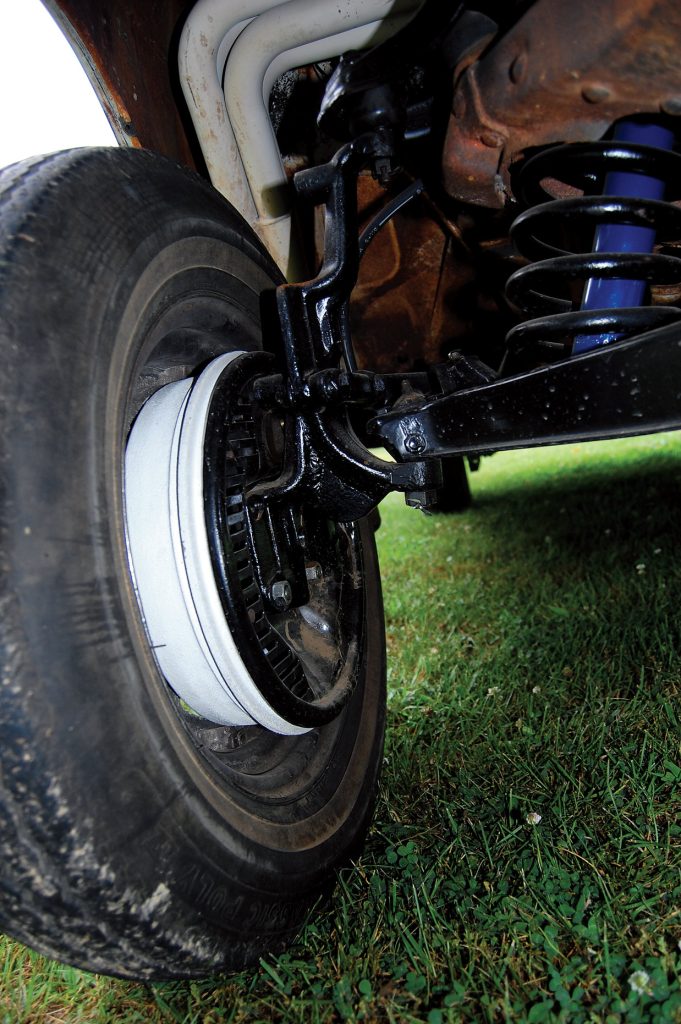 Gassers are hot, as enthusiasts reach back to the past where simpler times made for some interesting vehicle treatments. In those days, fewer examples made their way to the street, but that’s not the case today, where most anything goes. For such a look, there’s no better candidate for a rather affordable treatment than a tri-5 Chevy.
Gassers are hot, as enthusiasts reach back to the past where simpler times made for some interesting vehicle treatments. In those days, fewer examples made their way to the street, but that’s not the case today, where most anything goes. For such a look, there’s no better candidate for a rather affordable treatment than a tri-5 Chevy.
Check out this old-school ’55 two-door post, which features a nose-high stance, vintage rolling stock and a removed front bumper. While we’ve seen show cars built in this style, we noticed a peculiar detail on this example that we just had to share with you. As we looked over the details of this car, we noticed it didn’t have a straight front axle, as so many do for the front suspension. In the past, we’ve seen some guys use heavier station wagon front coil springs to raise the ride height, but not to the elevation of this well-worn example. As we kneeled down to find out what gave this car its super-high stance, we found that the lower ball joints were flipped and the spindles were modified to increase ride height by several inches. Although we don’t know the specifics of these modifications, we do know that, to be safe on the street, modified spindles generally are not a good idea, which is why dropped spindles are so popular when lowering a car. It’s difficult to weld on a spindle safely without having it lose its original tensile strength, even though the weld may have penetrated sufficiently.
So, while this is a unique approach to an old-school gasser and provides a textbook stance, how you go about accomplishing your goals is just as important as the result. The last thing you want to do is snap a spindle at speed—that would not be a fun ride.
SIMPLE, CLEAN & COOL
When it comes to building tri-5 Chevys, upgrading the cooling system is a must with a more powerful engine. To make more power, an engine must build additional heat, and to handle that, the system requires a more capable cooling system. With aluminum radiators becoming more affordable these days, it’s a whole lot easier to build a system to adequately cool a powerful small block and even a torque-monster big block. And you can handle either one without breaking the bank. The folks at Performance Rod & Custom (PRC) build aluminum radiators, along with transmission coolers and A/C condensers, for any custom installation for tri-5 Chevy engine swaps. PRC also builds aluminum radiator supports, available polished or in raw aluminum (shown here). The new radiator support is a major improvement over stock and simply bolts in place.
Not only is this a great way to clean up a custom engine compartment, but, more important, you need to have a complete cooling system capable of handling the transfer of heat that the engine generates. This is especially key during the summer and while cruising the fairgrounds at slow speeds where not much air is moving across the radiator. Part of such an awesome setup is the incorporation of an electric fan or fans that PRC will build in as part of the overall system. The key word here is “system,” as it takes a well-engineered system to do the job you expect, and we all expect our Chevys to run cool.
PUSH IT
Vintage styling is catching on these days. We spotted this cool ’59 El Camino at the NHRA Hot Rod Reunion, and what caught our attention was its satin paint job with old-school lettering, not to mention the pushbar, which was commonly used for competition cars at the drags. Such Chevys made great push cars, before dragster teams began using removable high-torque starters. If you’re going for the old-school look, a bolt-on pushbar can be a nice addition, if nothing more than to grab the attention of old-school enthusiasts. While this might fly over the heads of the younger crowd, it will definitely provide you with a great conversation piece, especially among retired racers who will notice the addition.
Note that this El Camino also features a louvered hood, chrome reverse wheels and a killer stance, showing that the owner stuck to a theme and carried it through on what appears to be a low-buck cruiser that’s a blast to drive and lots of fun to talk about.
A FAMOUS DESIGN
Vintage styling is catching on these days. We spotted this cool ’59 El Camino at the NHRA Hot Rod Reunion, and what caught our attention was its satin paint job with old-school lettering, not to mention the pushbar, which was commonly used for competition cars at the drags. Such Chevys made great push cars, before dragster teams began using removable high-torque starters. If you’re going for the old-school look, a bolt-on pushbar can be a nice addition, if nothing more than to grab the attention of old-school enthusiasts. While this might fly over the heads of the younger crowd, it will definitely provide you with a great conversation piece, especially among retired racers who will notice the addition.
Note that this El Camino also features a louvered hood, chrome reverse wheels and a killer stance, showing that the owner stuck to a theme and carried it through on what appears to be a low-buck cruiser that’s a blast to drive and lots of fun to talk about.
THREE DEEP
Seeing three pedals inside an old Chevy is a nice surprise, as many folks resort to modern automatic overdrive transmissions, which are worry-free on the highway and easy to maintain. However, if you want attention from old-school hot rodders, then a manual transmission is an easy way to earn respect. Whether it’s an old-style four-speed or one of the new tri-5 PerfectFit overdrive transmissions from Keisler Engineering, a ’50s Chevy is much more fun to drive when you’re mixing gears and there’s a clutch pedal involved.
COOL BADGES
One of the great treatments from the Chevys of the ’50s is the generous use of stainless trim and chromeplated emblems. For Chevy, Powerglide was the marketing name for its new two-speed automatic, and the ’53 Chevy featured a heavy die-cast spear emblem that incorporated the Chevy logo at the time, with Powerglide cast into the trim. Try to find that in today’s cars. In 1954, Chevy simplified the rear trim with a new logo, and the Powerglide script was positioned just below (shown above).
If you’re building a ’53 or ’54 Chevy, why not replace the original emblems, rather than filling the holes? The problem here is that if you do not have the original trim, it may be hard to find the right parts for your car. In the long run, however, the original emblems add lots of character to a period-looking treatment, and they bring back fond memories of good times past.
SLEEK & UNIQUE
Building a high-tech tri-5 can be simpler than first imagined. Going in, consider the number of aftermarket components that are made specifically for these cars. Parts that are made to fit are readily available. But it’s the smaller details that are harder to perfect. This ’57 Chevy has a nice blend of vintage and modern styling, and to pull that off takes attention to detail.
The owner of this car replaced the rubber bumper inserts with these cool aluminum replacements. But even these are available over the counter; Eckler’s Classic Chevy International sells these aluminum inserts for $100 a pair, or if your car is detailed differently, you can also get chrome bullets from Danchuk for $90 a pair. Either way, these new inserts are a nice change of pace.
BE PRACTICAL
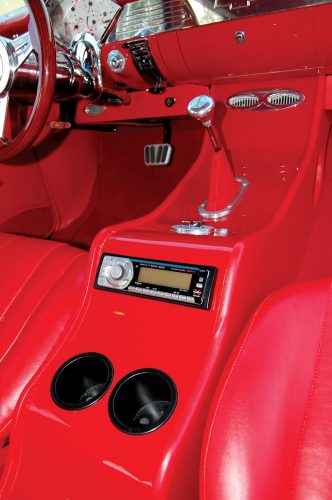 If plans concerning your newest project call for frequent driving, then it’s a good idea to take that into consideration when laying out the interior. While you can create a stylish surrounding, it must be functional and practical to be comfortable, and that’s true for everyday driving as well as long trips.
If plans concerning your newest project call for frequent driving, then it’s a good idea to take that into consideration when laying out the interior. While you can create a stylish surrounding, it must be functional and practical to be comfortable, and that’s true for everyday driving as well as long trips.
When considering your build, spend as much time creating the proper interior as you would developing the look of the exterior. Here, the owner incorporated creature comforts into a custom console, which looks great and has plenty to offer the driver and passenger. First, there are two cupholders, which can save a lot of hassle. Just in front is a nice CD player, and if you look farther forward, you find oval vents that supply cold air from the Vintage Air A/C system. Add power window controls, plus the Lokar shifter that is also located in the console, and you have a pleasant driver compartment with a number of necessary controls at the driver’s fingertips. Of course, custom designs are endless and can incorporate most anything you find necessary to add to the comfort of driving your personalized Chevy.
ARTICLE SOURCES
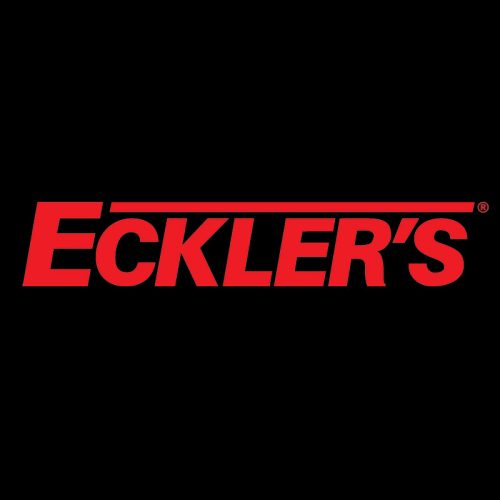
Eckler's Classic Chevy Automotive
5140 S. Washington Ave.
Titusville, FL 32780
800/456-1957
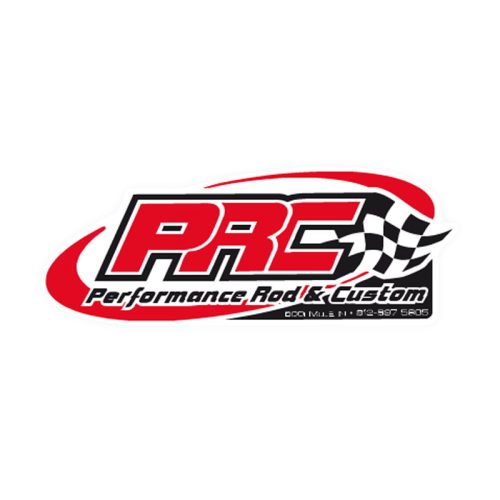
Performance Rod & Custom
6200 State Route 61 North
Boonville, Indiana 47601
(812) 897-5805





